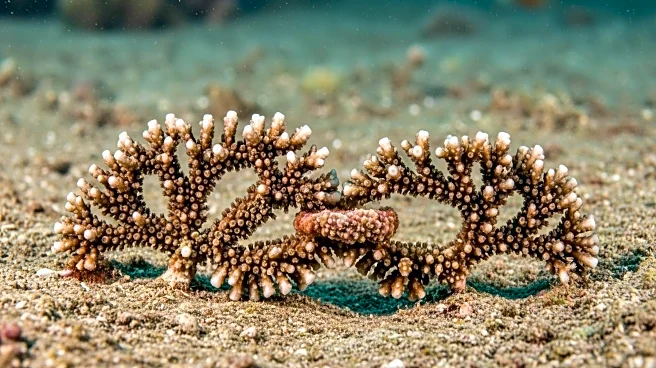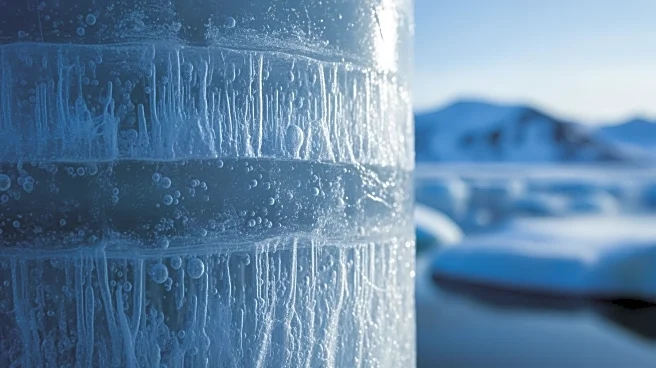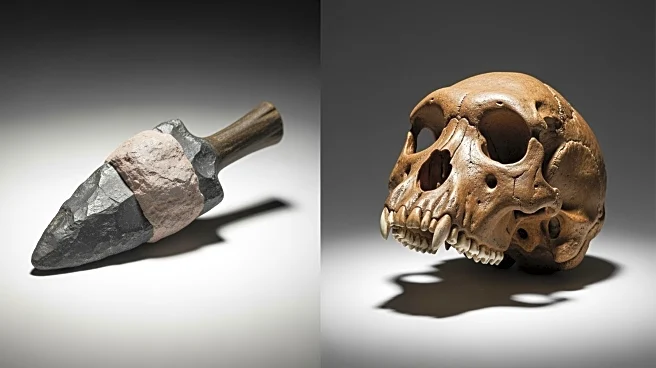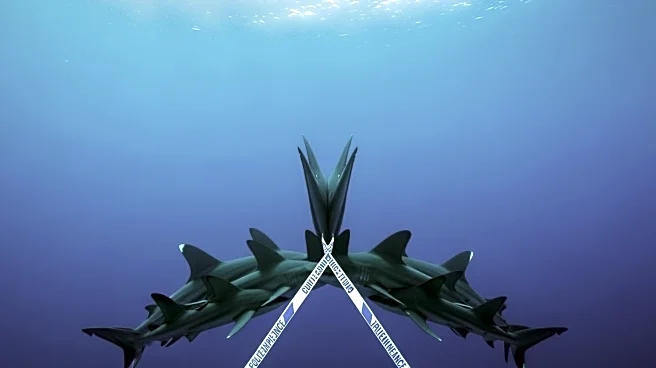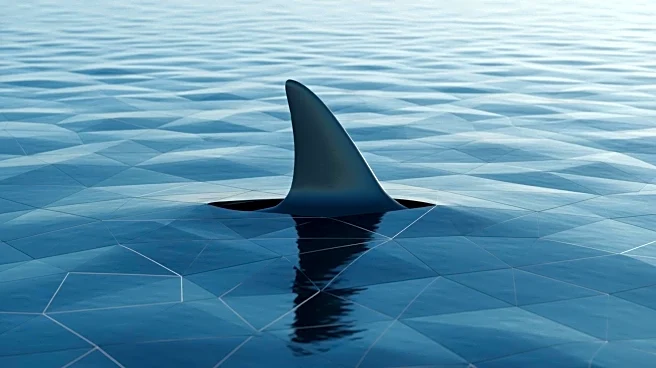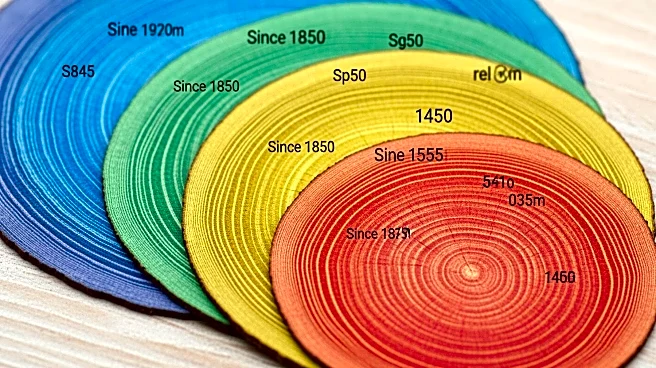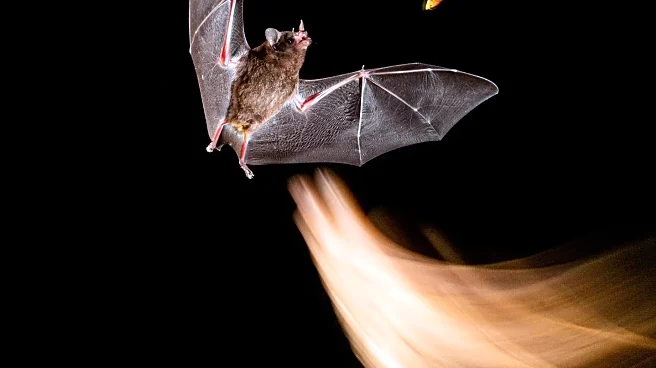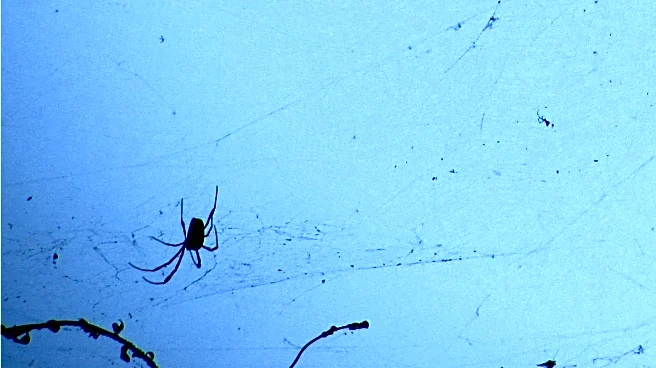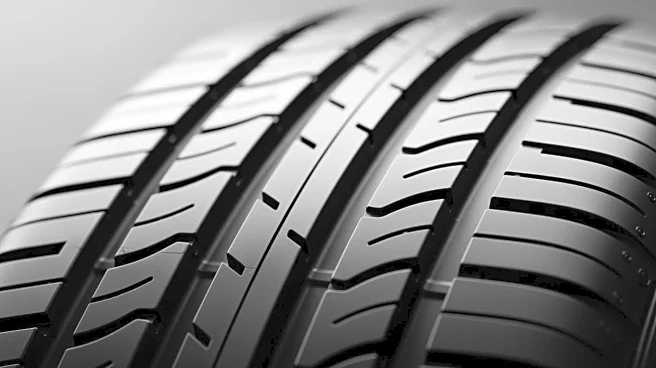What's Happening?
Researchers from the Queensland University of Technology (QUT) have identified key biological processes that enable coral fragments to attach to reef surfaces, a discovery that could significantly enhance coral restoration efforts globally. The study,
published in Royal Society Open Science, was led by Dr. Brett Lewis and involved examining how three coral species—Montipora mollis, Pocillopora verrucosa, and Acropora millepora—develop stable, long-term attachments to reef substrates. The research revealed a three-phase attachment process involving an immune response, tissue anchoring, and skeleton building. Differences in attachment speed and strength were noted among species, with Montipora mollis showing faster and stronger attachment due to a more complex appendage structure.
Why It's Important?
This research is crucial as it provides insights into the mechanisms of coral attachment, which is vital for the recovery of declining coral reefs worldwide. Understanding these processes allows for more targeted and effective restoration strategies, potentially improving the resilience and sustainability of coral ecosystems. The findings could help predict which coral species are best suited for specific environments, thereby optimizing restoration efforts. This advancement is particularly significant in the context of global coral reef decline due to climate change and other environmental stressors.
What's Next?
The study suggests that future restoration efforts could be tailored based on the specific attachment processes and biological differences among coral species. This targeted approach could enhance the success rates of coral restoration projects. Further research may focus on applying these findings to large-scale restoration initiatives and exploring the potential for genetic or environmental factors to influence coral attachment and growth.
